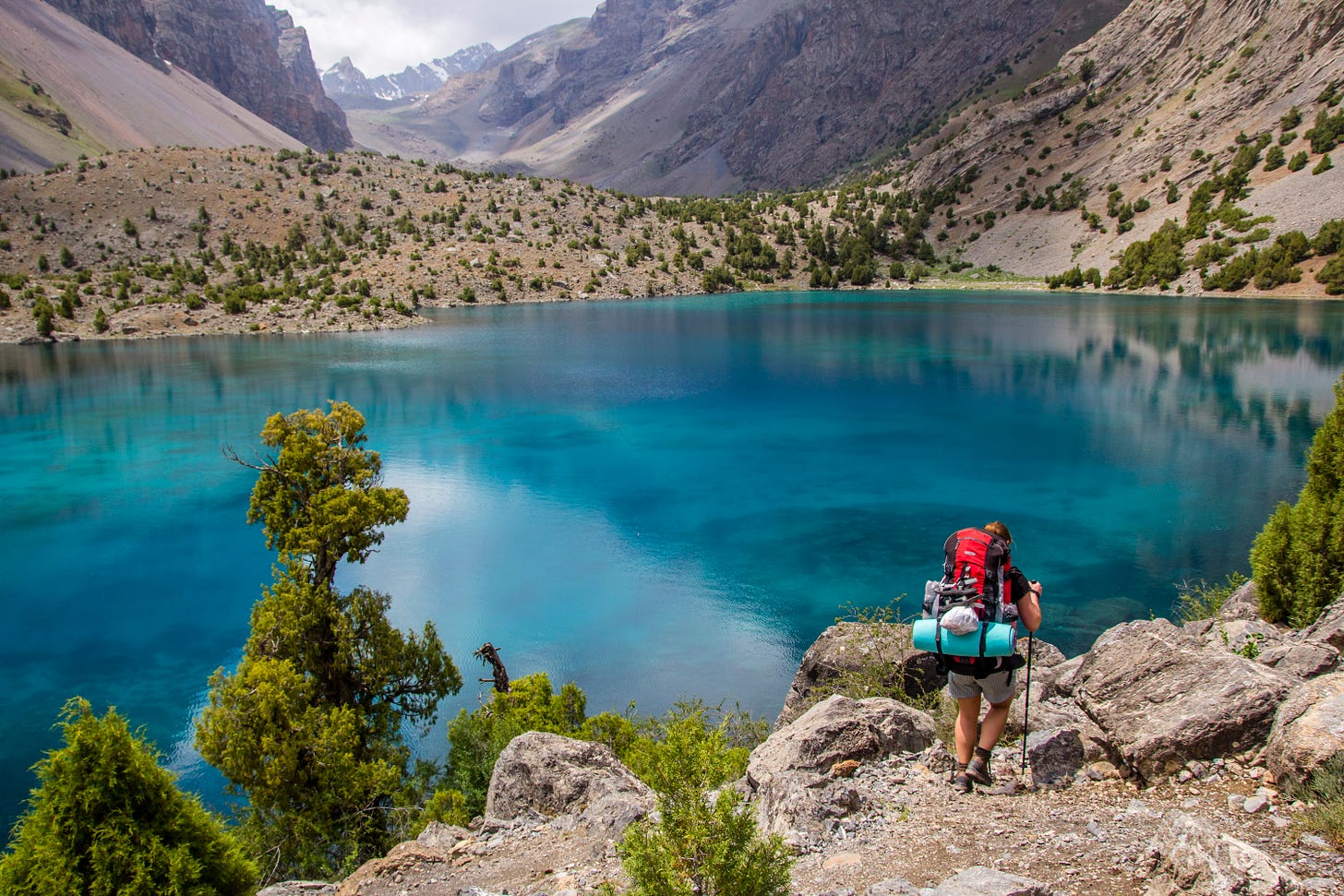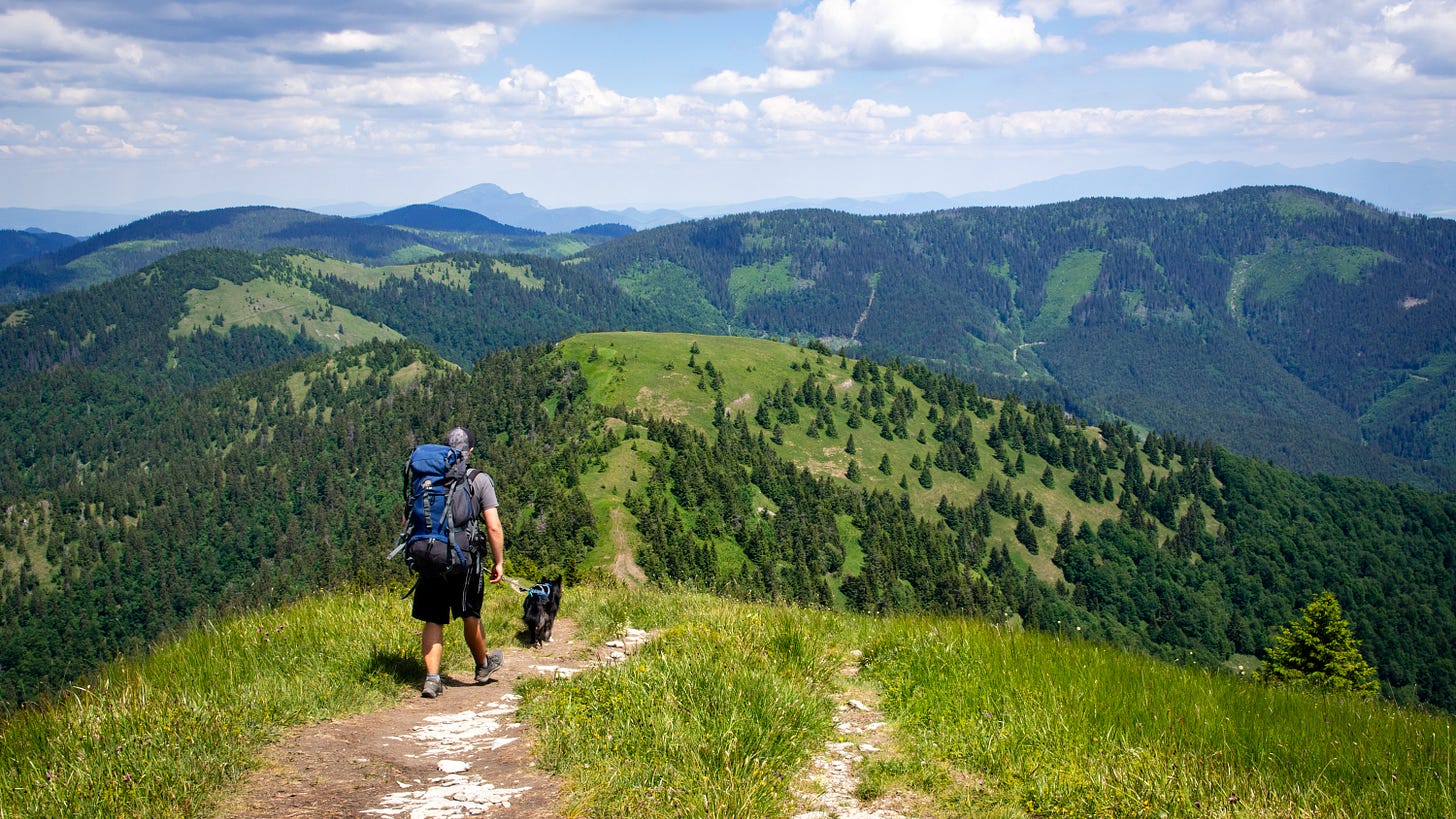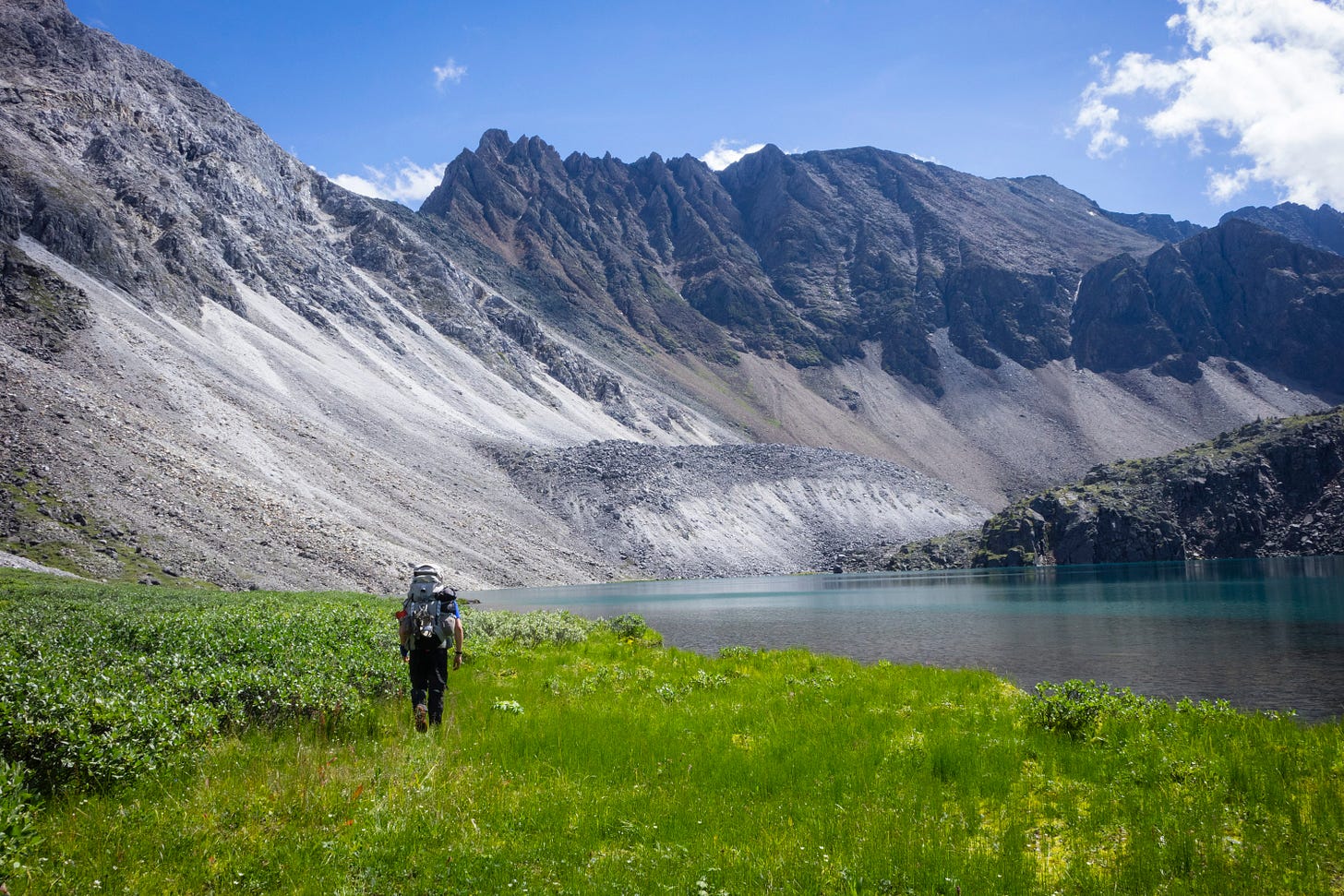🏞️ Where to Find Inspiration and Information for Off-the-Beaten-Path Adventures
Looking for authentic travel inspiration? Learn how to find off-the-radar destinations.
Some might argue that the greatest adventures lie in venturing into the unknown—and I wholeheartedly agree.
Heading out in a random direction can be a fantastic journey, and I’ll definitely write more about such trips one day. But there are places where, due to environmental conditions or extreme remoteness, it’s not the best idea to jump in without at least some basic knowledge about the route, terrain, or resources along the way.
Besides, before embarking on any journey, I need an initial spark—a simple discovery that some distant place exists and might catch my interest.
However, planning a trip off the beaten path without going in completely blind isn’t as straightforward as it seems.
These days, the most popular destinations practically leap out at us from every corner, and the internet is overflowing with detailed itineraries of the world’s most famous routes. But where—and how—can we find ideas and information about places that only a handful of adventurers explore each year?
Luckily, it’s possible, but it requires more effort, time, and, above all, an acceptance that the information you uncover might be incomplete or outdated. Paradoxically, this can lead to a richer understanding of the area. Instead of relying on one obsessively detailed itinerary for a specific trail, you learn the broader context, allowing for informed improvisation if necessary.
Here’s how I personally gather inspiration and prepare for my adventures.
Search Engines: Mastering the Art of Inquiry
Google (or any other search engine) is naturally where I begin my research. But using them effectively requires a few tricks:
Avoid generic articles like “10 Things You Must See…” From my experience, they’re often copy-pasted and rarely contain anything genuinely interesting.
Dig deeper—don’t just stick to the first page of search results (honestly, when was the last time you visited the third page of Google results?). Obscure blogs and decade-old travel notes have led me to stunning, semi-forgotten places. Plus, they often provide entertaining reading.
Search in English, even if it’s not your first language, as it tends to yield more resources. However, it’s also valuable to use the language of the destination or a widely spoken language in a particular region (e.g., Russian for Central Asia). Tools like DeepL or Google Translate will help a lot - especially used directly in the browser
In addition to the country name and common keywords like “travel,” “tips,” “trek,” “hiking,” or “nature,” try searching for smaller regions by name. This can direct you to more specific resources.
Searching for the destination name with “off the beaten path” can work too, but this term has become trendy and requires heavy filtering.
Even in mainstream articles, look for subtle mentions of lesser-known places. Tracing those leads can be a great way to discover hidden gems.
Maps: The Adventurer's Best Friend
I’ve stumbled upon many beautiful spots simply by studying maps. National parks and reserves, for instance, often exist for a good reason—many are worth exploring.
While these are sometimes the busiest natural destinations, not all are overcrowded. Even within popular parks, you can find quieter areas. Locations requiring more effort to access—like hikes far from parking lots or cable cars—tend to be significantly less crowded.
Along with that, I also look for other features. Will the terrain be rugged and varied? Can I look forward to viewpoints and open landscapes, or will I spend half the day walking through a forest? Why does no one mention this village? Should we plan a trip to that mountain lake? What might these rock formations look like? What is this landmark structure?
Simply studying the map in detail and analyzing its features opens up countless possibilities for further exploration.
Of course, for this purpose, you need to forget about Google Maps, which is about as useful for outdoor travel as a block of ice for starting a fire. You’ll need a high-quality topographic map—either from local sources or one based on the excellent global Open Street Map project. In this regard, I recommend the Locus Map app or Mapy.cz. Both are Czech-based projects, but they also offer an English version of the map and application.
Photo Layers in Map Applications
While studying maps, I like to enable the photo layers (available on Google Maps or Mapy.cz) and look for images that inspire me to see a place in person.
Let me emphasize that this method has nothing to do with "traveling by Instagram”. In my case, I look for photos scattered randomly across the map, not filtered by some dubious popularity algorithm.
Photos on maps also help when I need to assess what I’m getting into—how wild the terrain might be or whether a trail is bikepacking-friendly. Parents planning wilder trips with strollers will appreciate this approach too.
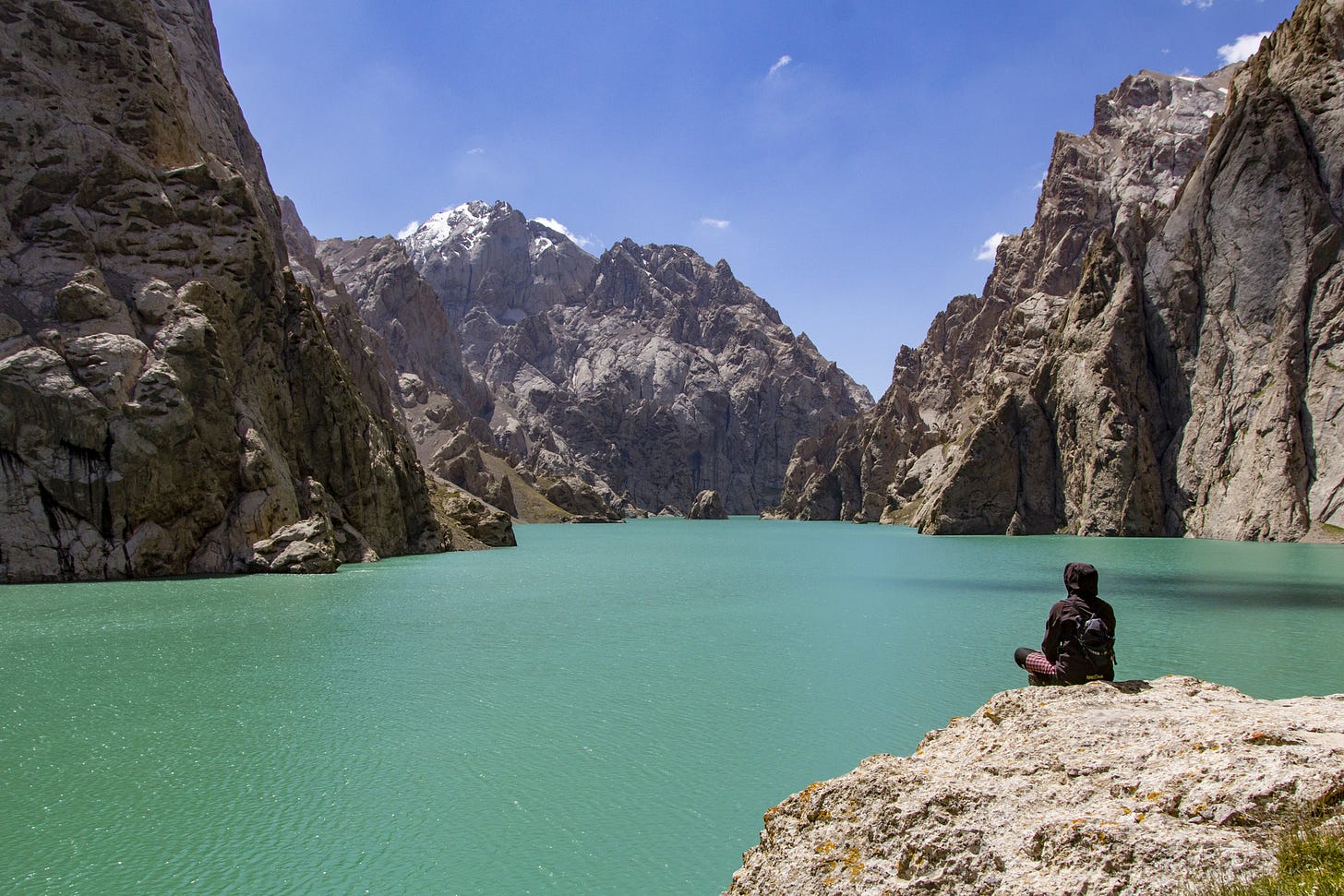
User-Generated Route Databases
Almost every place has been explored by someone at some point. Thanks to modern technology, they probably had a GPS or smartphone with them and uploaded their route online. If they were particularly thorough, they might have added some useful details too.
My favorite sources for such routes include:
Wikiloc.com: A database of routes that can be downloaded to GPS devices or mobile apps. Each route indicates whether it’s suitable for hiking, cycling, etc. You’ll need to sift through some clutter, but you can find gems here—from short day hikes to multi-day expeditions.
AllTrails.com: A platform similar to Wikiloc. It can be a bit pushy about paid memberships, but downloading routes is free (hidden under the “more” button). You just need to register.
National Tourism Websites
Most countries now have a national website with useful resources for visitors. The quality and type of information vary, but there are some real gems.
For example, Finland has an amazing site featuring all its national parks and natural treasures, complete with a detailed map and practical information.
Geocaching: Turning Trips into Treasure Hunt
If you’ve never heard of Geocaching, you should give it a try. There’s a 99% chance there’s a geocache—a hidden container with a symbolic “treasure” and a logbook—somewhere near your home.
Caches are often placed in exceptional locations and can serve as a great destination or an extra twist for a trip. Some even guide you through the surrounding area or include small puzzle-solving elements, making them even more fun.
Wikitravel and Similar Resources for Travel Inspiration
Wikitravel is like a travel-focused Wikipedia created by its users. For most destinations, you’ll find a section about interesting places around, which often contains valuable ideas. An alternative is Wikivoyage.
Travel Blogs and Websites
You’ll often stumble upon these during broader online search, but you can also head directly to your favorite traveler’s website, especially if you know they’ve visited the destination or even live there. Their detailed and specific knowledge can be invaluable.
When I discover a new travel blog, I usually skim a few other articles to gauge how reliable the author is—whether they seem to know what they’re talking about and how much expertise they have in the area. I also check if we share a similar travel style—this is crucial because otherwise, they might lead me to places I wouldn’t enjoy.
Get Advice Straight from the Source: Talk to People
Tips from other travelers or friends who’ve visited the area are priceless. Of course, it’s important to consider whether you share a similar taste with the person giving advice.
Beyond asking someone directly or via messaging, you can pose questions on interest-specific forums or even in the comments section of articles. Most authors are happy to respond.
I’ve also found it very helpful to chat with people I meet on the road. Thanks to them, I’ve often changed my plans on the fly—and most of the time, I was glad I did.
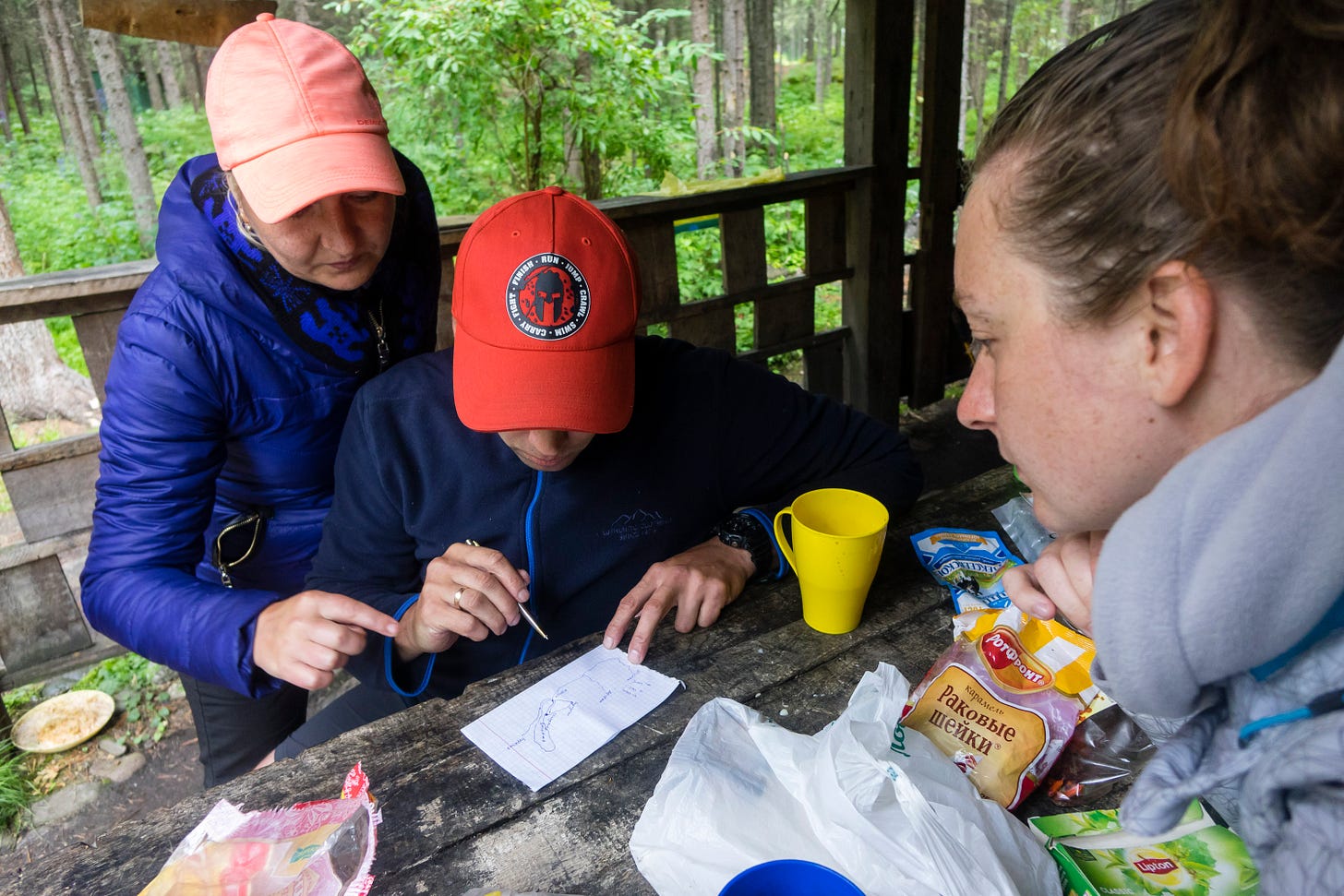
Local Authorities and Sources of Information
Not everything can be found online in advance. Once you’re on-site, you have a great opportunity to speak directly with those who know the area well. Ask at the local info center, at a mountain hut, or even with guides from small tour companies—reasonable ones will give you advice even if you don’t hire them.
In addition to discovering places you might otherwise miss, you can get up-to-date information on trail conditions or their opinion on the weather forecast.
Go a Little Further
This brings us back to the earlier discussion about national parks. I often find that seemingly crowded locations or routes have very clear boundaries, beyond which the crowds thin out, leaving you with a much quieter experience.
Sometimes, walking just a few hundred meters from a viewpoint near a parking lot, the top of a cable car, or an Instagram-famous spot is enough to escape the crowds entirely. Check if the place you’re considering is one of these cases.
The Journey Itself is Where You’ll Discover the Most
The tips above can serve both as inspiration (which is the main focus of this article) and as specific resources for planning your adventure.
Once I have an initial idea, I dive into another round of research to get a sense of what to expect and how to prepare. I try to figure out the route, the terrain, potential water refill points, how long it might take, and so on.
My mind overflows with dozens of practical questions, knowing that I’ll eventually have to answer many of them myself—by simply stepping into the field. And that’s when the fun truly begins…
Jakub Venglar, Letters of Adventure
📨 I write this newsletter for curious souls who love to get lost from time to time. And for those feeling unsure about leaving their comfort zone—let me show you there’s nothing to fear and how a small step into the unknown can lead to unforgettable memories.
📢 Share the adventure and invite your friends to join us! Forward this newsletter to someone you like or share the link below. It’ll only take a few seconds, but it will mean the world to me.


